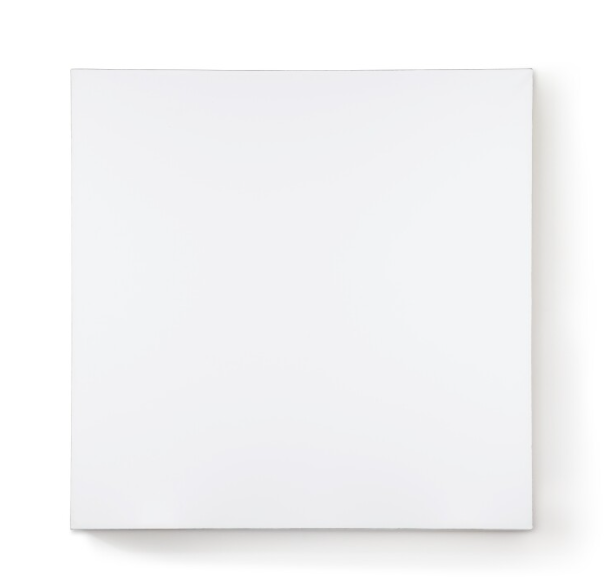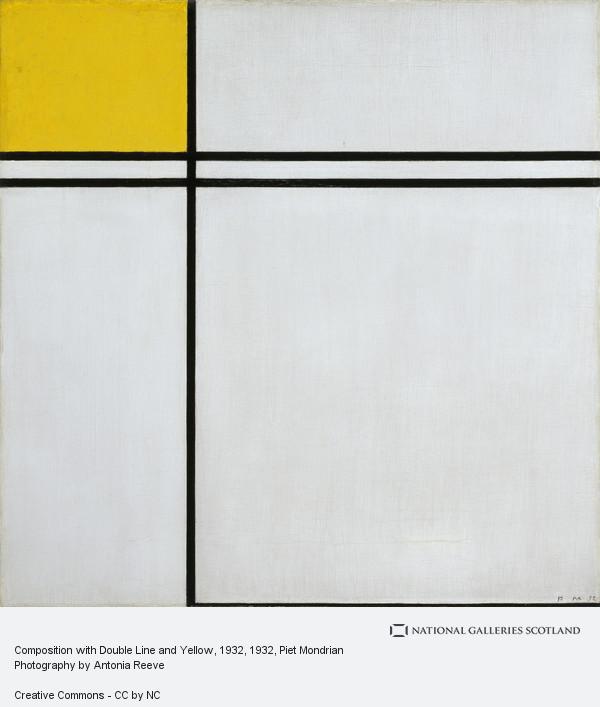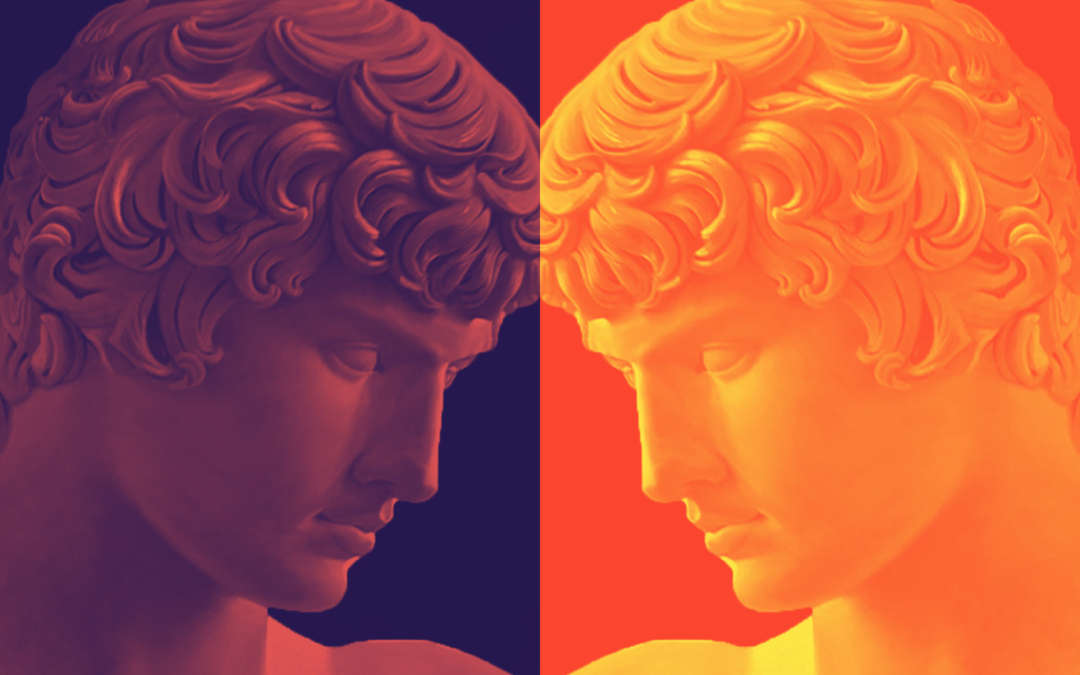In Sotheby’s upcoming Modern & Contemporary Evening Auction, the work “Unfinished Painting 65” by Robert Ryman stands out as a unique piece among the rest of the evening’s lots. At first glance, the seemingly white canvas leaves the viewer wondering what they are looking at. However, upon closer examination, one can discern layers of white paint meticulously applied to a linen canvas, allowing the process and materiality of the work to become the true protagonist—the artwork itself.

Image: Sotheby’s
Robert Ryman became renowned for this minimalist approach to his work. He primarily used white paint and diverse surfaces, often in a square format, allowing the interplay of materials to highlight the textures and invite interpretation. The way Ryman carried out his process was pivotal in the creation of these pieces, emphasizing the physical presence of the paint and surface.
Early Life and Background
Robert Ryman, born on May 30, 1930, in Nashville, Tennessee, had an interesting journey to becoming an artist as unique as his work. Initially, he did not set out to pursue an art career. His initial ambition was to become a jazz musician, and he studied at the Tennessee Polytechnic Institute and George Peabody College for Teachers, focusing on music.

In 1952, Ryman moved to New York City with the dream of making it as a professional jazz saxophonist. However, after realizing the highly competitive nature of the music industry, he took a job as a guard at the Museum of Modern Art (MoMA) to support himself. This job would serendipitously become a turning point in his life, leading him into the world of visual art.
Transition to Art
While working at MoMA, Ryman was surrounded by groundbreaking modern art and artists, which piqued his interest in painting. Inspired by the works of great artists such as Mark Rothko and Piet Mondrian. Ryman bought some art supplies and started creating his works during his free time.

Image: National Gallery of Art

Ryman’s lack of formal art training gave him a fresh, unencumbered perspective, allowing him to approach painting intuitively and experimentally. He was particularly drawn to the process of painting, focusing on the material and the act itself rather than on traditional representations or narratives.
Robert Ryman’s Style
By the late 1950s, Ryman had started to establish his unique artistic voice. His work was characterized by a profound exploration of white paint and its interactions with various surfaces and materials. For Ryman, white was not a mere color but a means to explore the nuances of light, shadow, texture, and form. His minimalist approach sought to strip down painting to its essential elements, emphasizing the medium and support’s inherent properties.
Ryman’s dedication to white paint allowed him to investigate how different brushstrokes, textures, and supports (such as canvas, paper, and metal) affected the perception of his work. Each painting became a meticulous study of these variables, showcasing subtle variations and emphasizing the physical presence of the paint and surface.
Artistic Philosophy
Ryman’s philosophy revolved around painting as an object rather than a window into another reality. He once stated: “There is never a question of what to paint, but how to paint.” This approach aligns with minimalist principles, where the focus is on the artwork’s intrinsic qualities rather than external references or symbolic meanings.
Ryman’s work often defies easy categorization. While he is frequently associated with minimalism, his intense focus on the materiality and process of painting sets him apart from other minimalists who might prioritize geometric precision and impersonal forms. Ryman’s paintings are deeply personal and tactile, inviting viewers to contemplate the subtle interplay of paint, light, and surface.
Career and Legacy
Ryman’s first solo exhibition was held in 1967 at the Paul Bianchini Gallery in New York. Over the ensuing decades, his work gained significant recognition and was exhibited in major galleries and museums worldwide, including the Solomon R. Guggenheim Museum, the Tate Gallery, and the Centre Pompidou.
Despite his minimalist approach, Ryman’s paintings are anything but simplistic. Each piece invites viewers to engage with it up close, to appreciate the minute details and the meticulous care with which he applied his paint. His work challenges conventional notions of what a painting can be, pushing the boundaries of the medium.
Robert Ryman passed away on February 8, 2019, leaving behind a legacy that profoundly influenced contemporary art. His exploration of white paint and the fundamentals of painting has inspired countless artists and continues to be celebrated for its innovation and depth.
Robert Ryman’s journey from aspiring jazz musician to minimalist painter underscores the importance of experimentation and openness to new paths. His dedication to exploring the possibilities of white paint and the intrinsic properties of painting materials has left an indelible mark on the art world. Ryman’s work encourages us to look beyond the surface, to appreciate the subtleties of the medium, and to find beauty in simplicity. His legacy continues to inspire and challenge artists and art enthusiasts to see painting in a new light.
Sources
- Solomon R. Guggenheim Museum. “Robert Ryman.” Guggenheim, https://www.guggenheim.org/artwork/artist/robert-ryman.
- The Museum of Modern Art. “Robert Ryman.” MoMA, https://www.moma.org/calendar/exhibitions/405.
- The Art Story Foundation. “Robert Ryman.” The Art Story, https://www.theartstory.org/artist/ryman-robert/.




